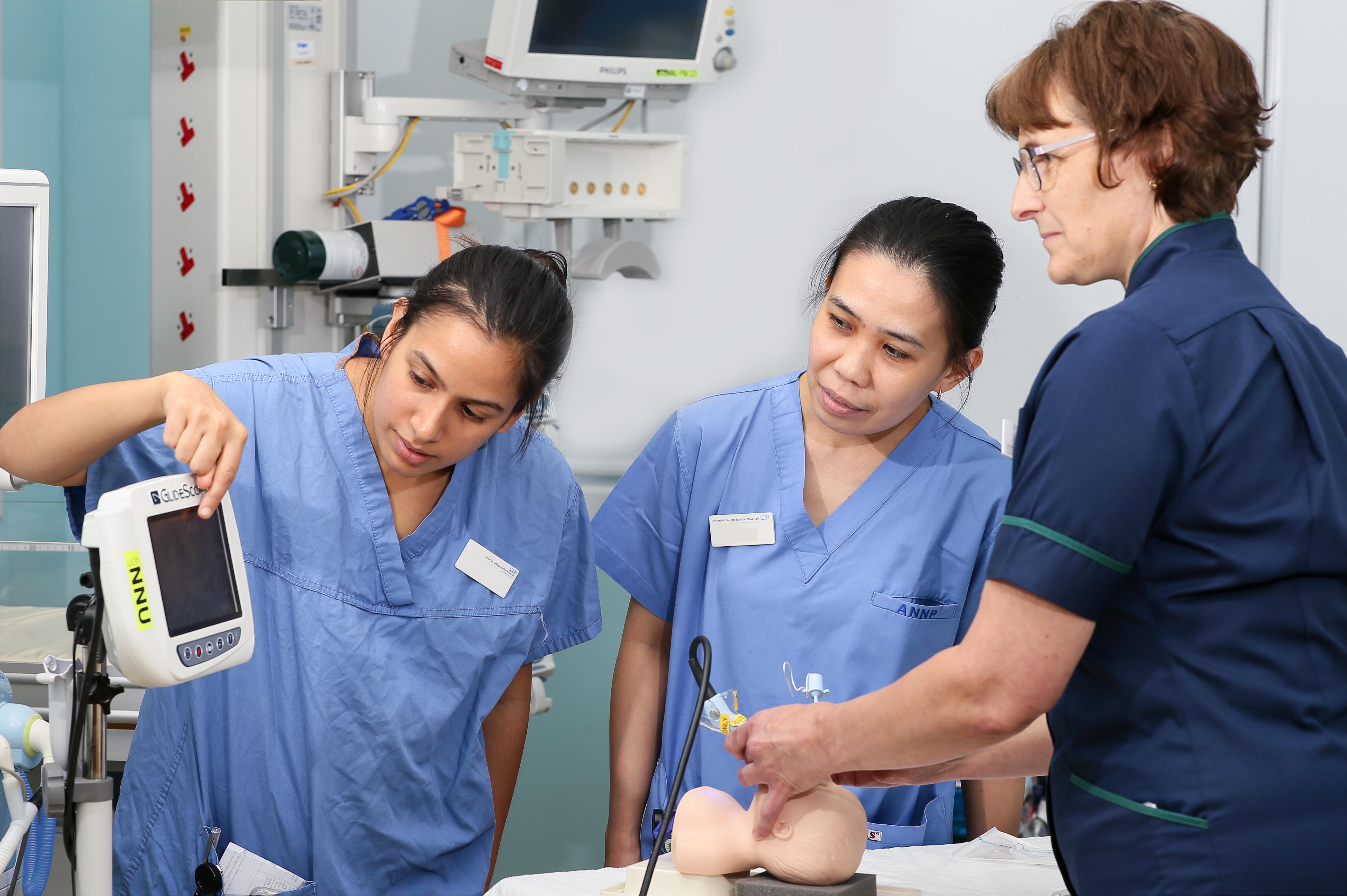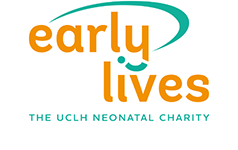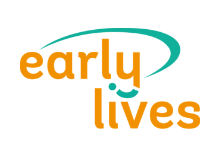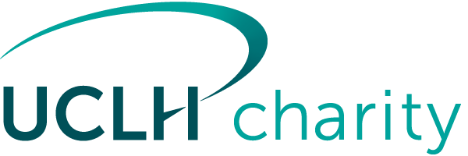When babies can’t breathe on their own, clinicians insert breathing tubes to help them. This procedure is much harder for babies with certain conditions.
Charitable funds have paid for two pieces of kit, which help doctors and nurses practise these complex procedures.
In 2016, a glidescope was purchased for the UCLH neonatal unit at a cost of £9,340. A fibre optic tube allows clinicians to see the windpipe more easily, a screen allows supervisors and learners to see the same thing and a recording facility allows discussion afterwards.
In September 2017, an intubation simulation trainer was bought for £750. It looks like a baby’s head and has airways like a newborn baby’s. This allows trainees to learn and practice their intubation skills on a model.
“These two pieces of equipment work together to train staff to practice difficult airway management techniques like passing tubes directly into the trachea,” explains Gill West, Practice Learning Facilitator on the UCLH neonatal unit. “This in turn improves the care we are able to give babies with conditions that make intubation difficult such as babies with cleft palate, neck abnormalities, and conjoined twins.”





